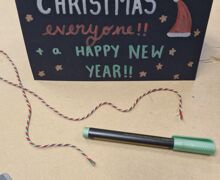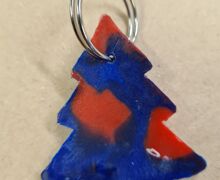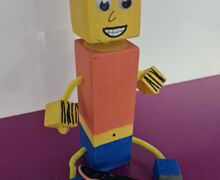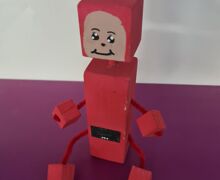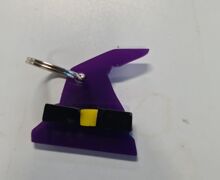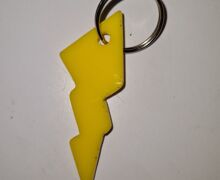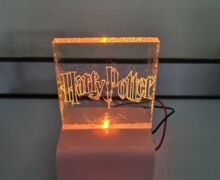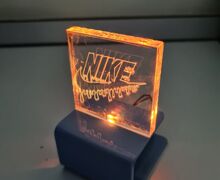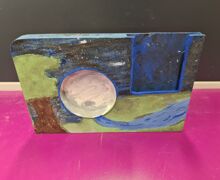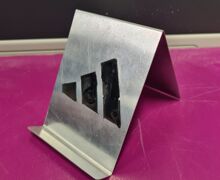- Home
- Secondary
- Subject Information
Design and Technology
BackIntroduction
Design and technology is fundamental to how we live our lives. From the roofs over our heads, to the phones in our pockets, we are becoming ever more dependent on technology. As technology continues to develop and evolve, and new technologies emerge, it is increasingly important that we continue to nurture our future designers.
Our students learn to use current technologies and consider the impact of future technological developments. They learn to respond creatively to solve problems as individuals and members of a team.
Students respond with ideas, products and systems, challenging expectations where appropriate. They combine practical and intellectual skills with an understanding of aesthetic, technical, cultural, health, social, emotional, economic, industrial and environmental issues.
Through design and technology students develop confidence in using practical skills, to manage their time and become discriminating users of products. They apply their creative thinking and learn to innovate through using skills that are transferable to many other contexts.
KS3
Students will engage in a range of design and make project and theory based lessons, to prepare them for the rigours of GCSE design & technology.
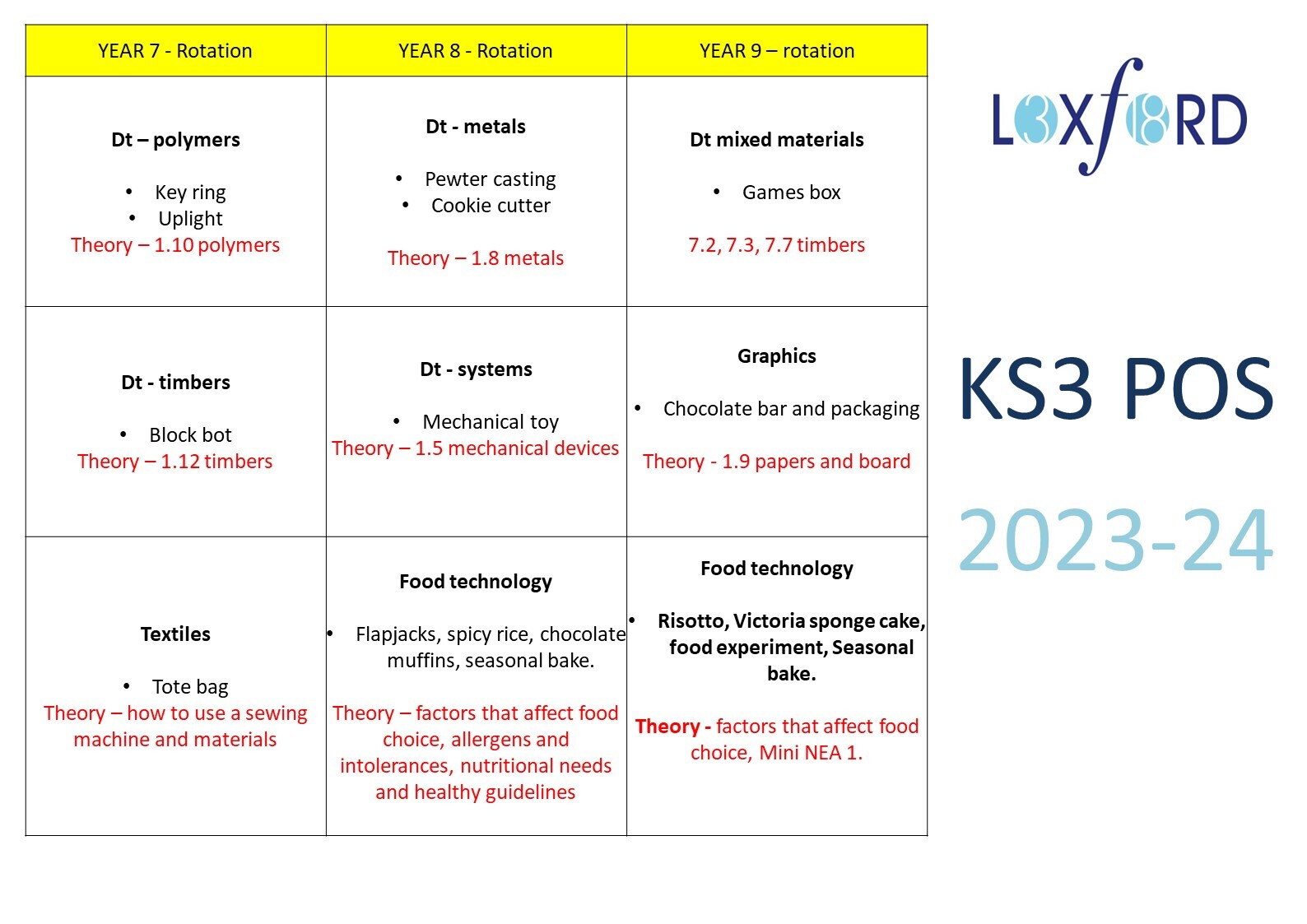
KS4
| Examination Level: | GCSE |
|---|---|
| Examination Group: | EDEXCEL |
| Examination Value: | 50% |
| Examination Structure: | 1hr 45mins paper |
| Coursework: | 50% |
Assessment Requirements:
Component 1 - Written paper – 100 marks - 50%
|
Section A Core content (40 marks) |
Section B Specialist materials category (60 marks) |
This section contains a mixture of different question styles, including open-response, graphical, calculation and extended-open-response questions. There will be 15 marks of calculation questions in component 1.
Students Study:
Students may only choose one design and technology specialist materials category from the following list:
- Design and technology – Graphics
- Design and technology – Resistant materials
- Design and technology – Electronics
Component 2 – Coursework - 100 marks - 50%
Students will undertake a project based on a contextual challenge released by Edexcel on the 1st of June, a year before certification. The project will test students’ skills in investigating, designing, making and evaluating a prototype of a product. Tasks will be internally assessed and externally moderated. The marks are awarded for each part as follows.
- Investigate (16 marks)
- Design (42 marks)
- Make (36 marks)
- Evaluate (6 marks)
At the end of the course all students will gain a GCSE in design & technology but, although they will have followed different subject specific pathways, these will not be named specifically on the final qualification. The GCSE design & technology qualification will operate on a level 9–1 awarding.
GCSE Results 2023
Congratulations to the Year 11 students on achieving
48% grades 9-4 in Design & Technology
86% grades 9-4 in Graphics
90% grades 9-4 in Electronics
GCSE Results 2022
Congratulations to the Year 11 students on achieving
62% grades 9-4 in Design & Technology
70% grades 9-4 in Graphics
89% grades 9-4 in Electronics
Curriculum Map
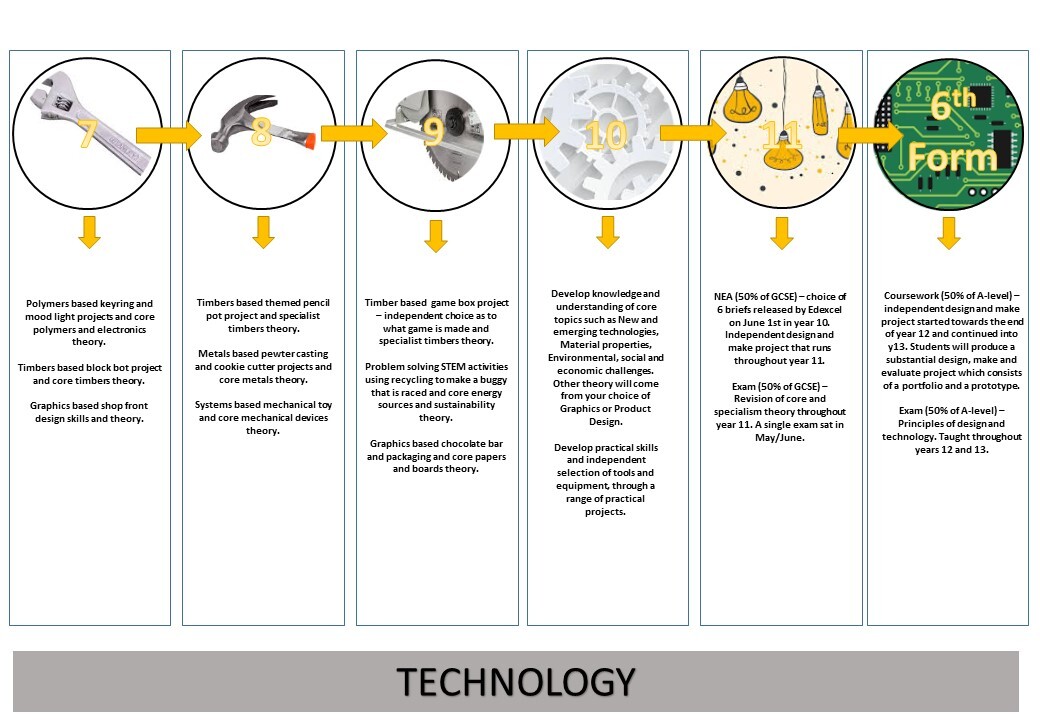
Career Value
Technological skills are in high demand. It is an area of skills shortage and employment is high with excellent career prospects.
A technology qualification is highly beneficial in a wide range of careers. With technology increasingly influencing our lives, an understanding of technology is useful in many fields of employment. Beyond this there are a wide number of options from degree studies through to basic vocational levels in a wide range of industries. At degree level, study in technology may follow a design route, science route or technical route although technology subjects are not valued simply for their development of practical skills related to particular industries but also for their emphasis on creative thinking, research, testing solutions, project management and working as part of a team.
If you have any questions to ask about this course, Miss Langshaw will be pleased to discuss them with you.
Useful Links
List of suggested wider reading sources/videos and websites:
Books
- Design for the 21st Century (Icons Series) - Charlotte Fiell and Peter Fiell
- Thames and Hudson - the eco-design handbook - by Alastair Fuad-Luke.
- DATA - Designing with Pro/Desktop - John Hutchinson
- Design Sketching (ISBN 978-91-976807-0-7) by Erik Olofsson and Klara Sjolen
- The Eco-Design Handbook ISBN-13: 978-0500288399
- Design Museum: Contemporary Design ISBN-13: 978-1847325983
- Product Designs: Process ISBN-13: 978-1856697255
- Making IT Manufacturing Techniques For Product Design ISBN-13: 978-1856697491
- Drawing For Designers ISBN-13: 978-1856697439
Websites and Magazines:
TV Shows
|
Name of show |
Synopsis |
Links to? |
Where it is available to watch |
|---|---|---|---|
|
Grand designs |
Kevin Mccloud follows intrepid individuals trying to design and build their dream home |
Architecture |
Channel 4 on demand |
|
World’s most extreme |
…explores jaw-dropping, mind-boggling places, structures and vehicles. |
engineering |
Channel 4 on demand |
|
David Jason’s great British inventions |
David Jason explores his favourite British inventions and learns how they were thought up. |
Product design |
Channel 4 on demand |
|
Building giants |
…uncovers the world’s next generation of engineering wonders. |
Engineering |
Channel 4 on demand |
|
£4 million restoration: historic house rescue |
A medieval masterpiece in Wales is restored and brought back from the brink |
Architecture |
Channel 4 on demand |
|
Guy Martin vs the robot car |
Which is the fastest driver? Guy Martin or an artificially intelligent autonomous vehicle. |
Engineering - automotive |
Channel 4 on demand
|
|
Better by design |
Multi-award winning designers Richard Seymour and Dick Powell rethink malfunctioning everyday objects |
Product design |
Channel 4 on demand
|
|
Made in Britain |
Series looking at how things are made, from household items to large machinery. |
Product design Engineering Food |
ITV player |
|
Extreme engineering |
Explore some of the world’s most dangerous and innovative structures and buildings, from the South African gold mines, to the San Francisco Bay bridge and the Melbourne stadium |
Engineering - structural Architecture |
Discovery History |
|
How it’s made |
Find out how everyday items are made. |
Product design Engineering |
Discovery Science |
|
How do they do it? |
…puts more everyday items under the microscope to explain the technology, designs and processes behind how they are made.(S14,E08) |
Various disciplines:
Food Vehicles Product design Architecture Engineering |
Discovery Science |
|
Richard Hammond’s BIG! |
… sees him go behind-the-scenes of the largest structures and machines in the world to gain insight into the science of ‘big’. Richard will investigate how engineers go about building, maintaining and using these superstructures. |
Architecture Engineering - structural |
Discovery |
|
Megafactories |
Lift the lid on how millions of your everyday products and iconic designs begin life on the assembly line in a brand new series of Megafactories |
Engineering - automotive |
National geographic |

